Wyantenock State Forest-Coltsfoot Block
Rate this placeLast Updated: January 2, 2026
Wyantenock State Forest-Coltsfoot Block is a charming natural area located in the state of Connecticut.
°F
°F
mph
Wind
%
Humidity
Summary
Renowned for its picturesque landscapes and diverse flora and fauna, it offers a myriad of reasons to visit.
One of the primary attractions of Wyantenock State Forest-Coltsfoot Block is its stunning scenery. Visitors are treated to breathtaking views of rolling hills, dense forests, and meandering streams. The area is especially captivating during the fall season when the foliage transforms into a vibrant tapestry of red, orange, and gold.
Nature enthusiasts will find plenty to explore within the forest's boundaries. Hiking trails wind through the woods, providing opportunities for leisurely strolls or more challenging hikes. Along these trails, visitors can witness a variety of wildlife species, including deer, foxes, and various bird species. The forest is also home to Coltsfoot Bog, a unique wetland habitat that shelters rare plants and provides a haven for birdwatchers.
Wyantenock State Forest-Coltsfoot Block has its fair share of interesting facts. The forest covers an area of approximately 3,200 acres and is managed by the Connecticut Department of Energy and Environmental Protection. It is part of the larger Wyantenock State Forest, which comprises several other blocks in the surrounding region. The forest's name, Wyantenock, is derived from the Native American term meaning "crooked stream."
The best time of year to visit Wyantenock State Forest-Coltsfoot Block largely depends on personal preferences. Springtime offers an explosion of colorful wildflowers and budding trees, while summer allows for pleasant hikes and picnics. Fall is particularly enchanting due to the vibrant foliage, and winter transforms the forest into a serene wonderland for cross-country skiing and snowshoeing.
To ensure accuracy, it is recommended to refer to multiple independent sources, such as the official website of the Connecticut Department of Energy and Environmental Protection, local tourism websites, and reputable travel guides. These sources can provide additional detailed information regarding the forest's amenities, specific points of interest, and any seasonal restrictions or closures.
Weather Forecast
Park & Land Designation Reference
Large protected natural areas managed by the federal government to preserve significant landscapes, ecosystems, and cultural resources; recreation is allowed but conservation is the priority.
State Park
Public natural or recreational areas managed by a state government, typically smaller than national parks and focused on regional natural features, recreation, and education.
Local Park
Community-level parks managed by cities or counties, emphasizing recreation, playgrounds, sports, and green space close to populated areas.
Wilderness Area
The highest level of land protection in the U.S.; designated areas where nature is left essentially untouched, with no roads, structures, or motorized access permitted.
National Recreation Area
Areas set aside primarily for outdoor recreation (boating, hiking, fishing), often around reservoirs, rivers, or scenic landscapes; may allow more development.
National Conservation Area (BLM)
BLM-managed areas with special ecological, cultural, or scientific value; more protection than typical BLM land but less strict than Wilderness Areas.
State Forest
State-managed forests focused on habitat, watershed, recreation, and sustainable timber harvest.
National Forest
Federally managed lands focused on multiple use—recreation, wildlife habitat, watershed protection, and resource extraction (like timber)—unlike the stricter protections of national parks.
Wilderness
A protected area set aside to conserve specific resources—such as wildlife, habitats, or scientific features—with regulations varying widely depending on the managing agency and purpose.
Bureau of Land Management (BLM) Land
Vast federal lands managed for mixed use—recreation, grazing, mining, conservation—with fewer restrictions than national parks or forests.
Related References

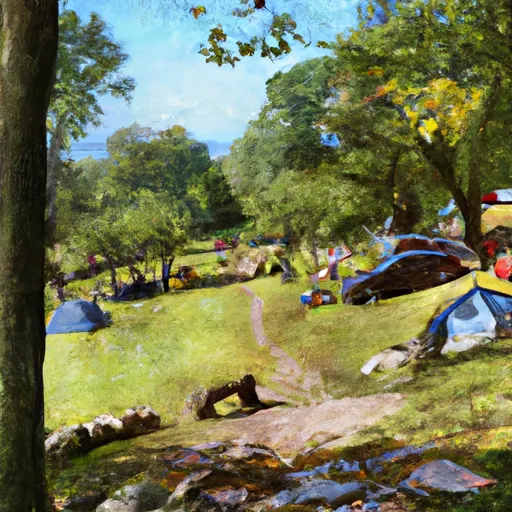 Silver Hill Campsite
Silver Hill Campsite
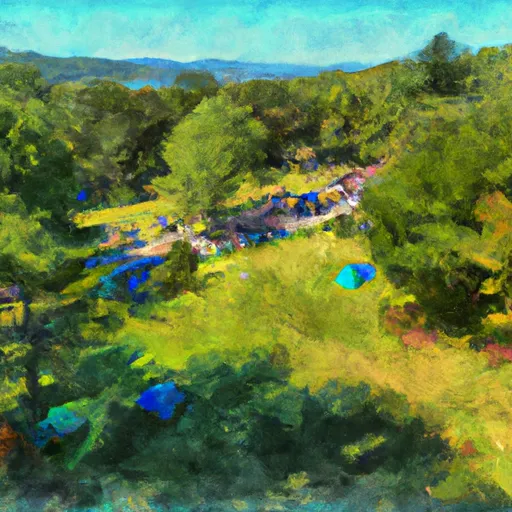 Housatonic Meadows State Park
Housatonic Meadows State Park
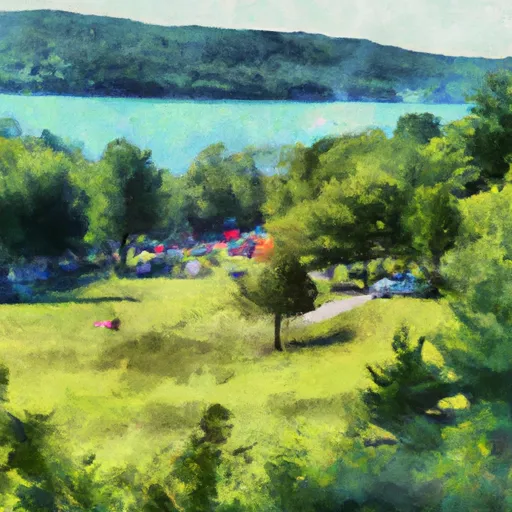 Lake Waramaug State Park
Lake Waramaug State Park
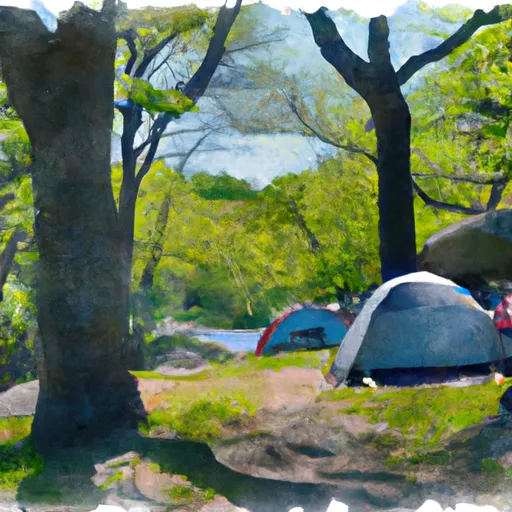 Macedonia Brook State Park
Macedonia Brook State Park
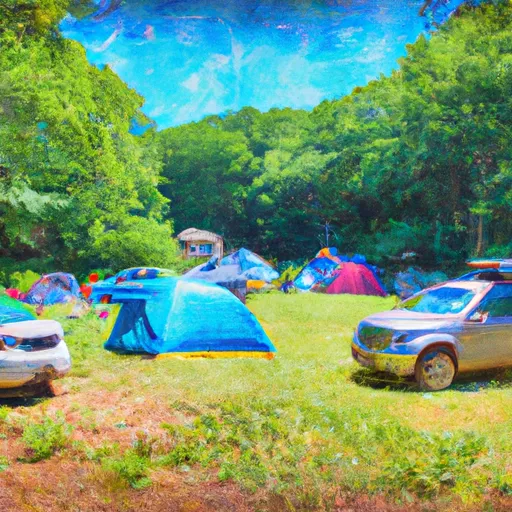 Cozy Hill Campground
Cozy Hill Campground
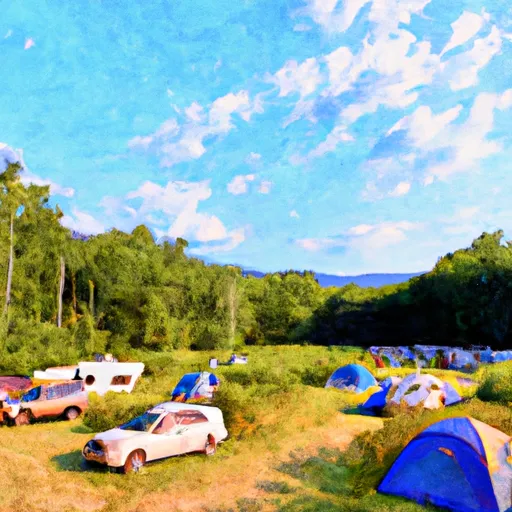 Schaghticoke Mountain Camping Area
Schaghticoke Mountain Camping Area
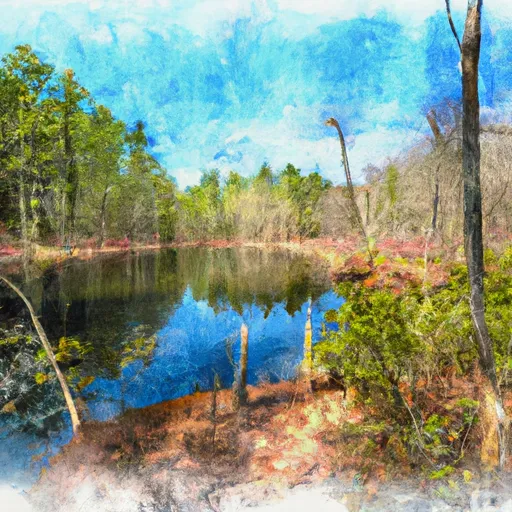 Wyantenock State Forest-Spectacle Pond Block
Wyantenock State Forest-Spectacle Pond Block
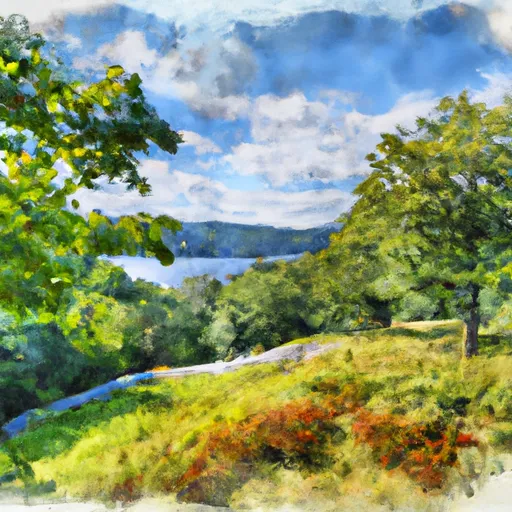 Above All State Park
Above All State Park
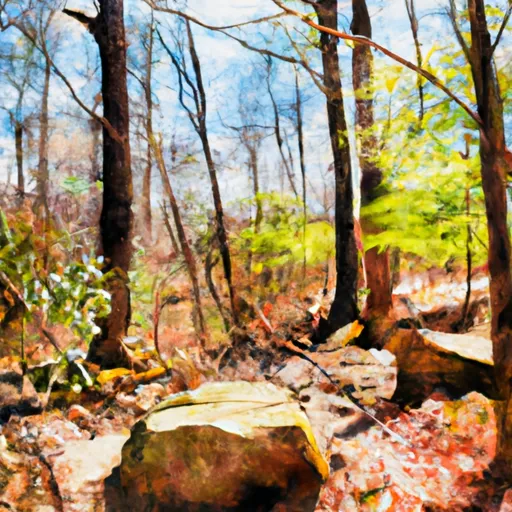 Housatonic State Forest
Housatonic State Forest
 Housatonic Meadows State Park
Housatonic Meadows State Park
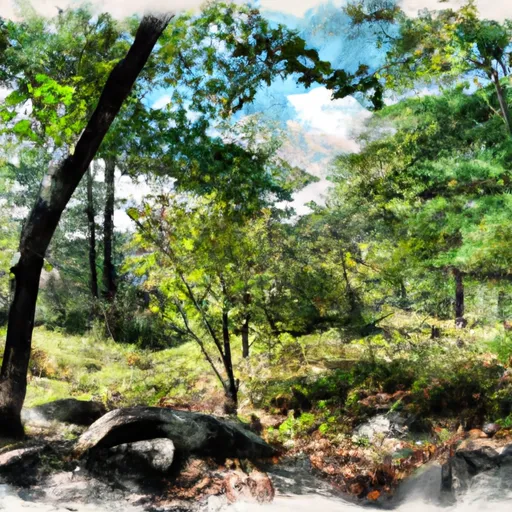 Mohawk State Forest
Mohawk State Forest